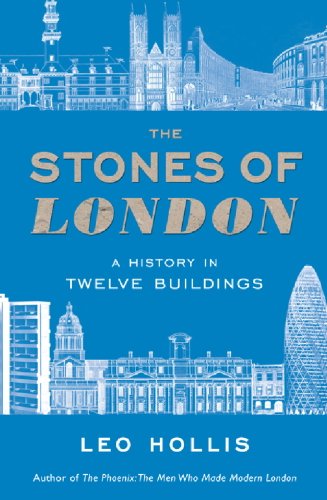The Stones of London
This is the story of twelve London buildings and the men who left their imprint on the fabric of the capital.
In 1245, Henry III rebuilt the Saxon church close by his palace at Westminster. His son Edward I continued the work. He built the coronation chair on which every British monarch has been crowned. Westminster Abbey has been the site of royal rituals for over 800 years.
In 1558, Thomas Gresham built the Royal Exchange and transformed London into a major trading capital.
Since the 15th century, there had been a palace at Greenwich which fell into decay. Following the Restoration, the king commissioned an astronomical observatory and appointed Christopher Wren as architect. At Greenwich, Wren’s passion for science, architecture and astronomy combined in the creation of the Royal Observatory.
In 1812, John Nash began work on Regent Street.
Sir Charles Barry and A W N Pugin designed the Houses of Parliament in 1835. The passion for Gothic architecture had become widespread and the riverfront façade proved a magnificent challenge.
Sir Joseph Bazalgette solved London’s cholera outbreak and ended the continual stench from the foul quagmire of the Thames. The solution was to build sewer pipes to carry the city’s waste outside the metropolis through a system of embankments so that the water supply was not contaminated, hence the beauty of the Victoria Embankment.
Highly recommended.










